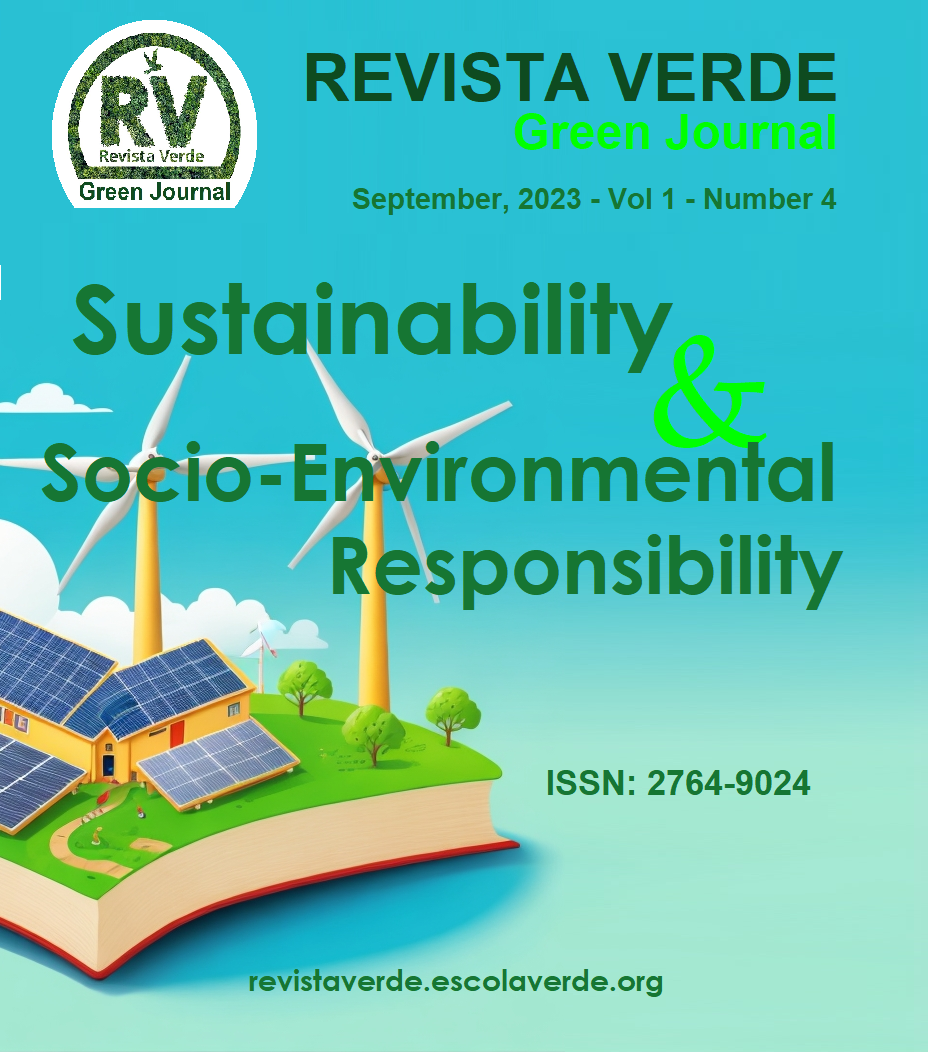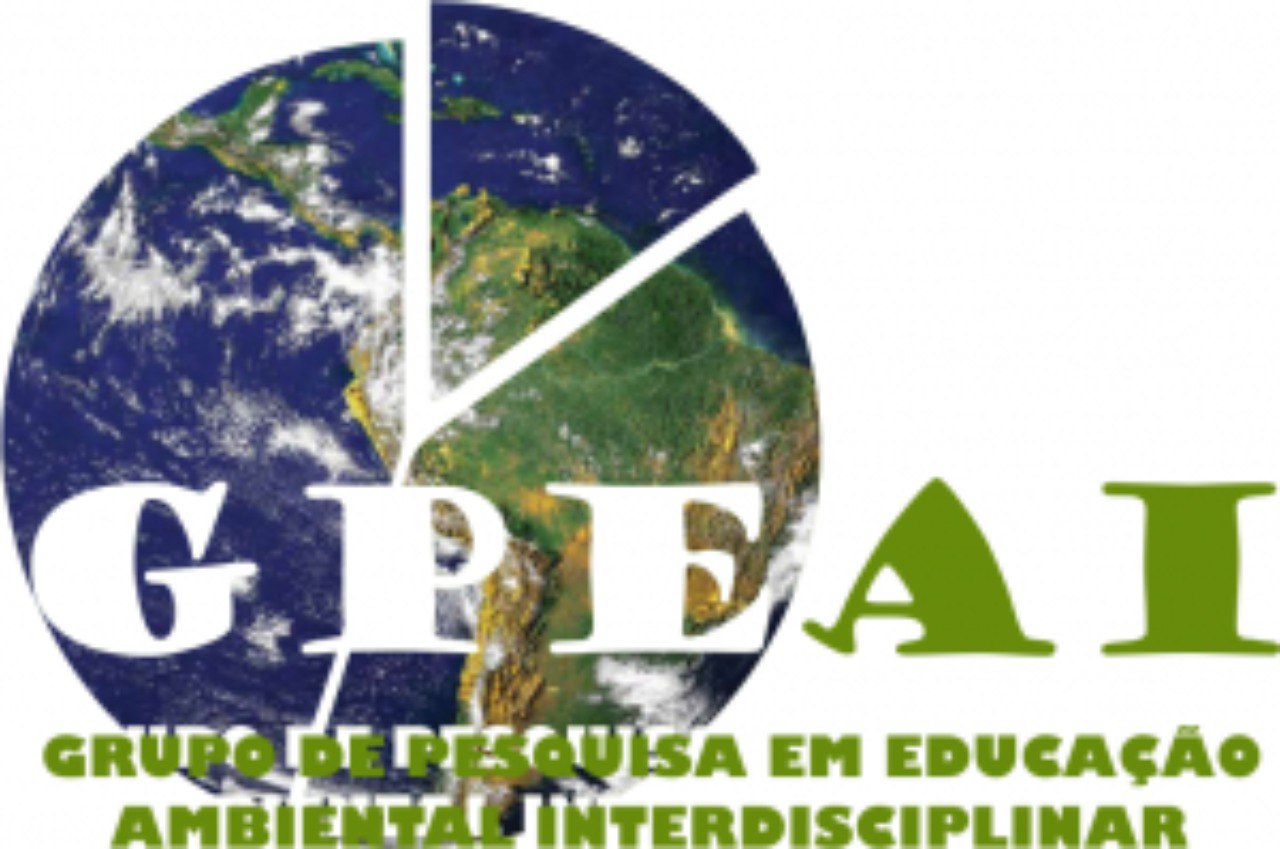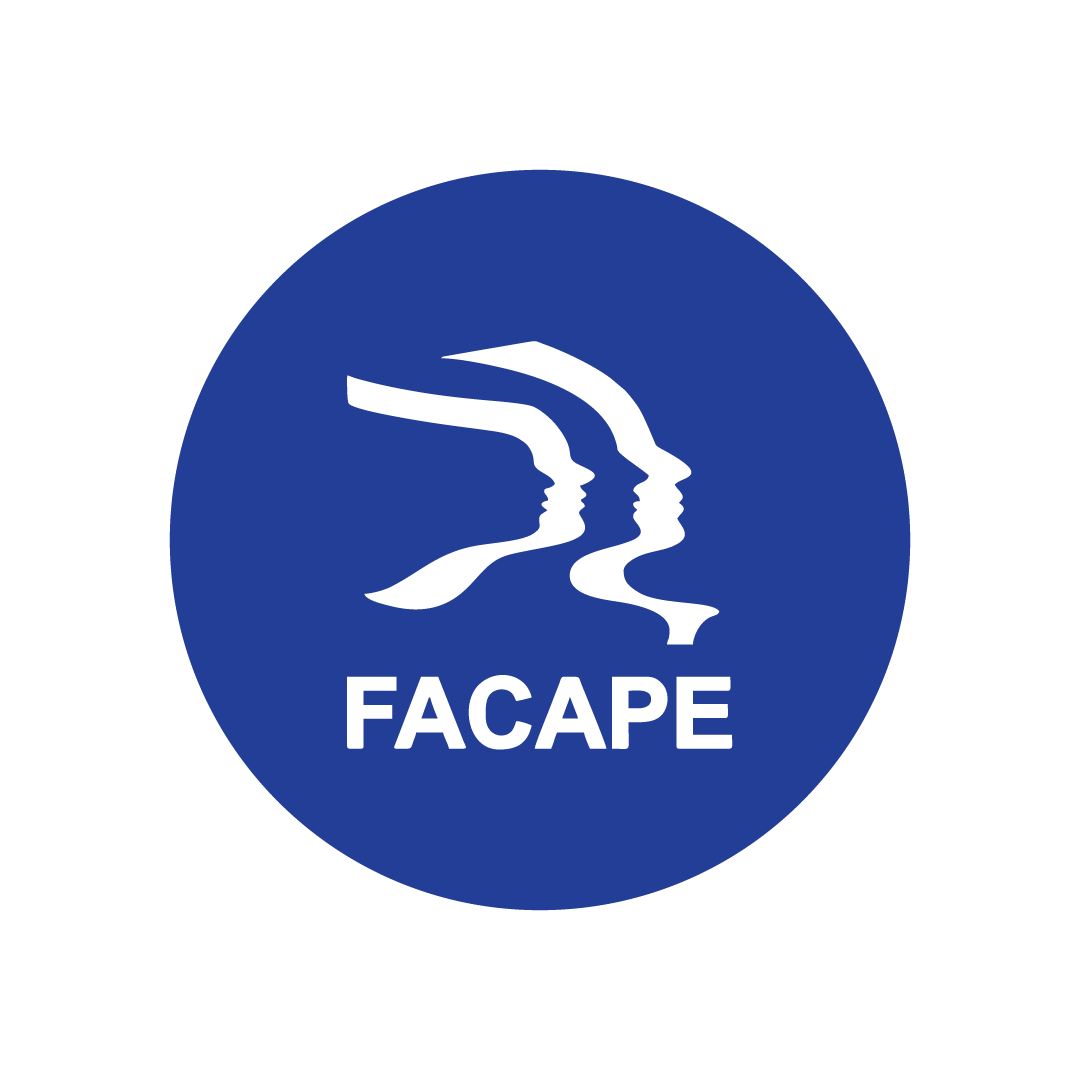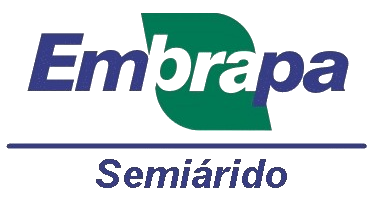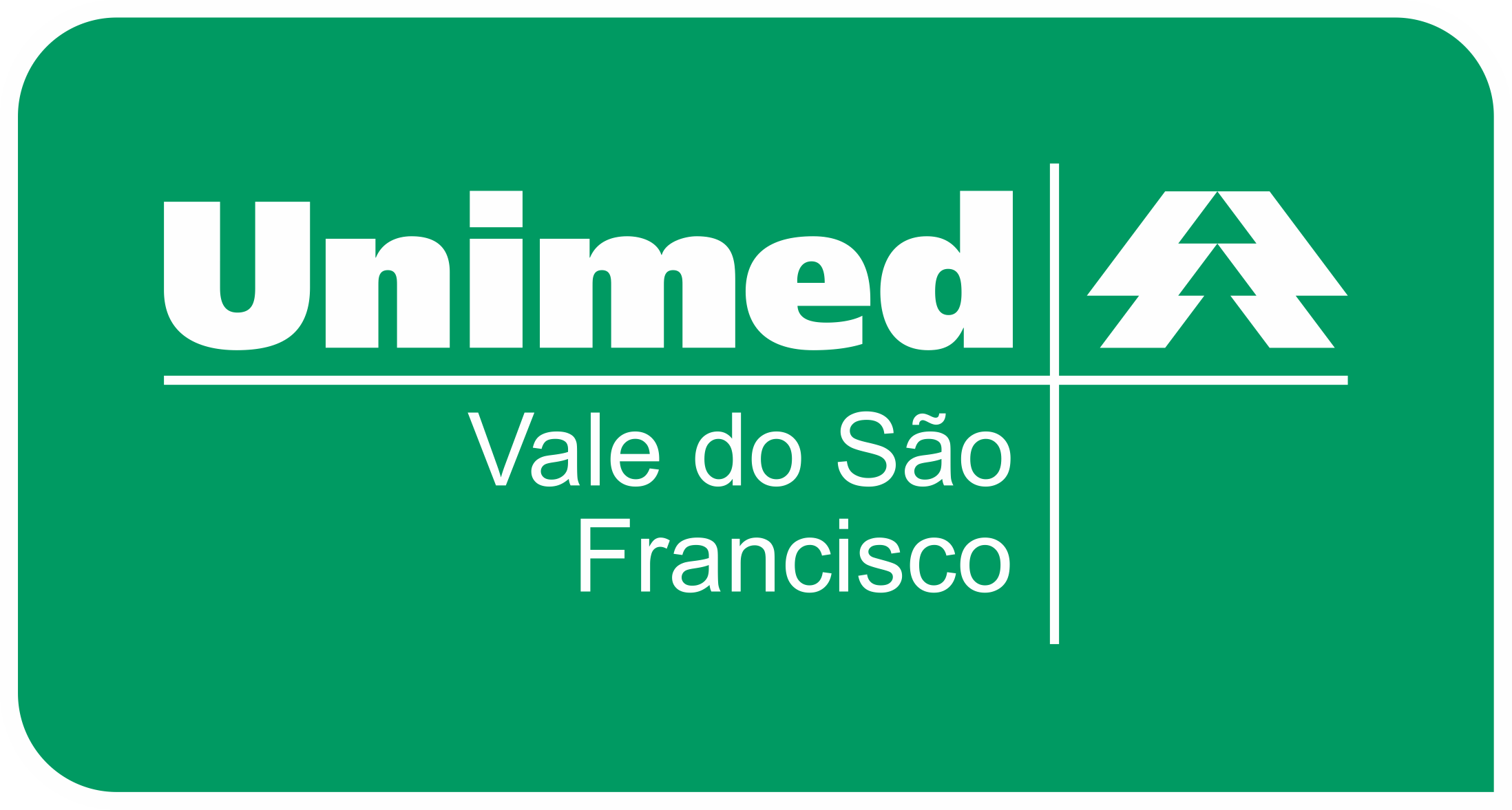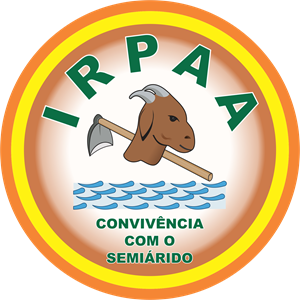STRUCTURE AND FLORISTIC COMPOSITION OF VEGETATION IN AN ALTITUDINAL GRADIENT IN THE VILLONACO SECTOR, CANTON AND PROVINCE OF LOJA, ECUADOR
DOI:
https://doi.org/10.5281/zenodo.8373876Keywords:
Diversity, Montane forest, Villonaco, Altitudinal gradient, Endemism, LojaAbstract
In Ecuador, the Andean vegetation is diverse, quickly distinguishable as one ascends or descends in altitude. The objective of this research was to determine the structure and floristic composition of the vegetation in an altitudinal gradient in the Villonaco sector. Six temporary plots were installed in each altitudinal range, the dimensions were 20 x 20 m for trees, 5 x 5 m for bushes and 2 x 2 m for herbs; In the case of forest and scrub, subplots of 5 x 5 m were nested for shrubs and 1 x 1 m for herbs. For the measurement of trees, individuals larger than 5 cm D1.30 m were considered, and the bushes and herbs present were recorded. The floristic composition, diversity, endemism and structural parameters were determined: density, frequency, dominance and IVI. The floristic composition was compared with the Sorensen index and dendrograms. In the forest, 109 species of 86 genera and 50 families were recorded; in scrubland 46 species of 41 genera and 22 families and in the moor 45 species, 36 genera and 24 families. Fourteen endemic species are recorded. The species with the highest IVI are for forest: Morella pubescens, Viburnum triphyllum for scrub Miconia lutescens and Gaultheria reticulata and, in the moor Orthrosanthus chimboracensis and Calamagrostis intermedia. The vegetation covers of each investigated gradient are different in species composition. The remnants of vegetation in the Villonaco sector, despite their anthropogenic alteration, host an important floristic diversity that must be conserved.
Downloads
Downloads
Published
Issue
Section
License
Copyright (c) 2023 Green Journal

This work is licensed under a Creative Commons Attribution-NonCommercial-NoDerivatives 4.0 International License.

